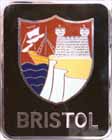15 February 2017, new Michelin X tires
The Avon Turbospeed may hve been good in their heyday, but today
they feel positively 'old' (though mine are only 5 years old and are
practically new....)
Seeing that the 403 is making progresses in many
departments, I decided that it was a pity to have those old-fashioned
tires worsen her handling. I therefore asked reputed fim of Fratelli
Rossi in Bologna, specialists in tires for classic cars of all ages, to
fit a set of Michelin X radials
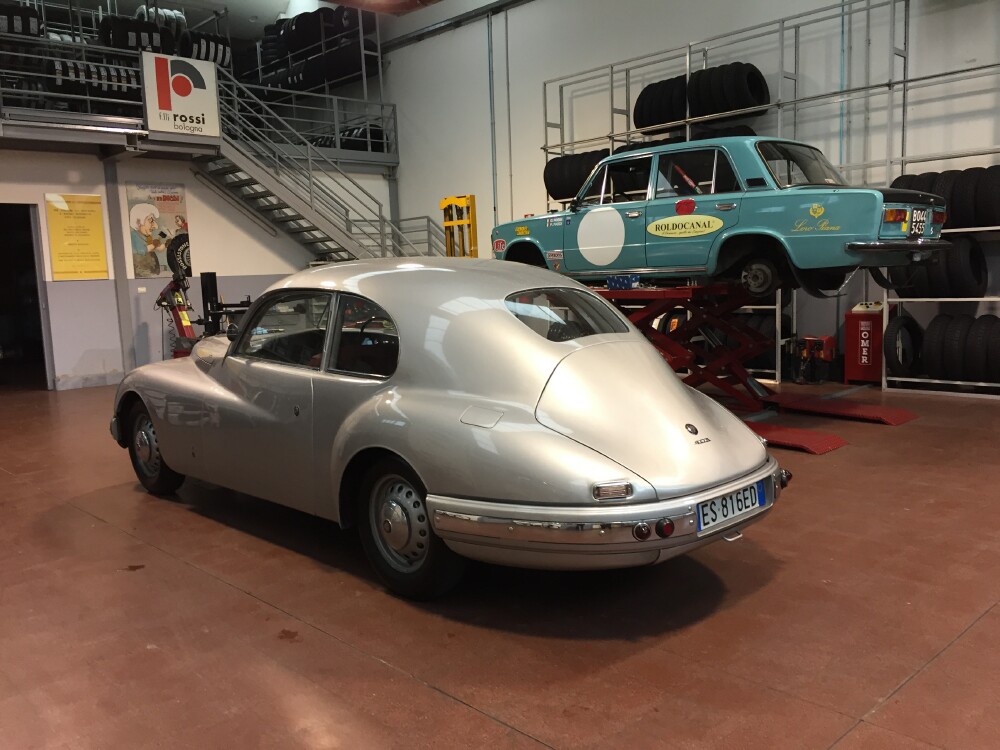
The shop of Fratelli Rossi is spotless
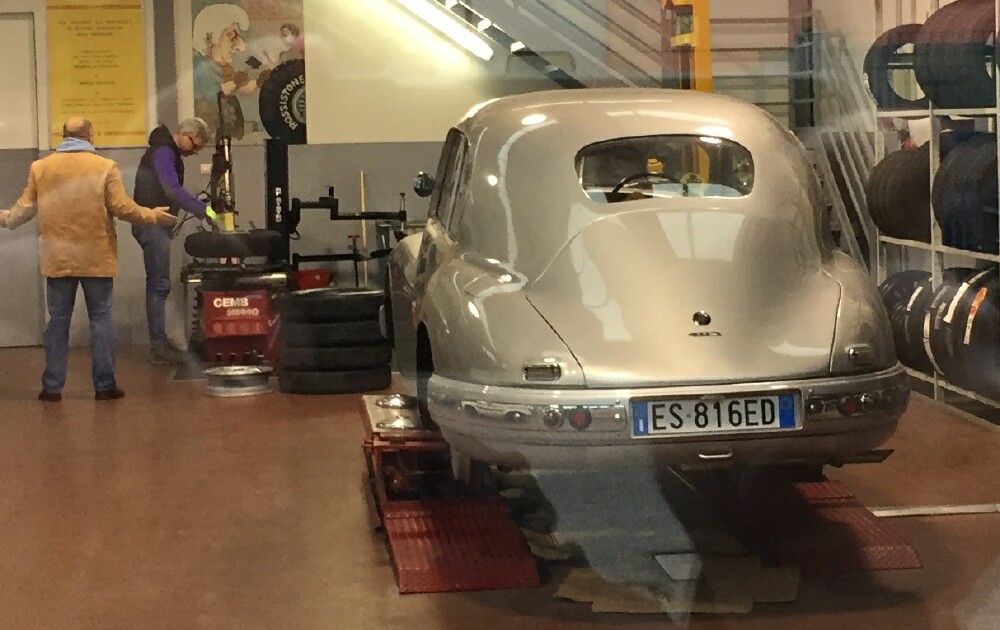
The 403 being lifted to remove the wheels
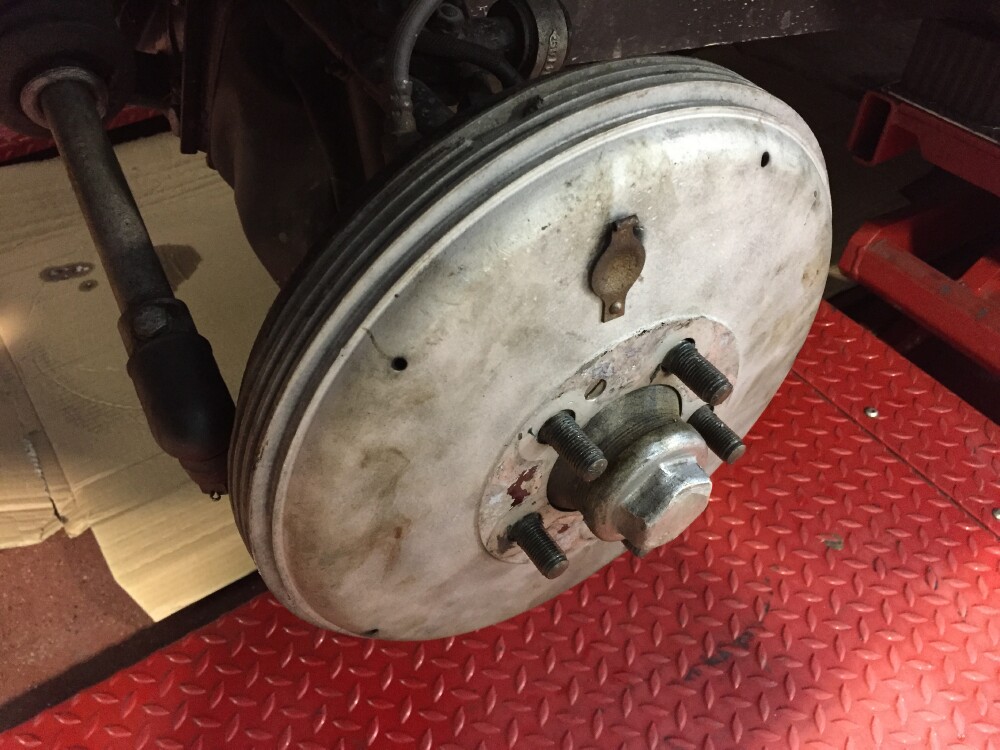
The front 'Al-Fin' ('Aluminum-Finned') brake drum. The annular cooling fins are visible all around the drum
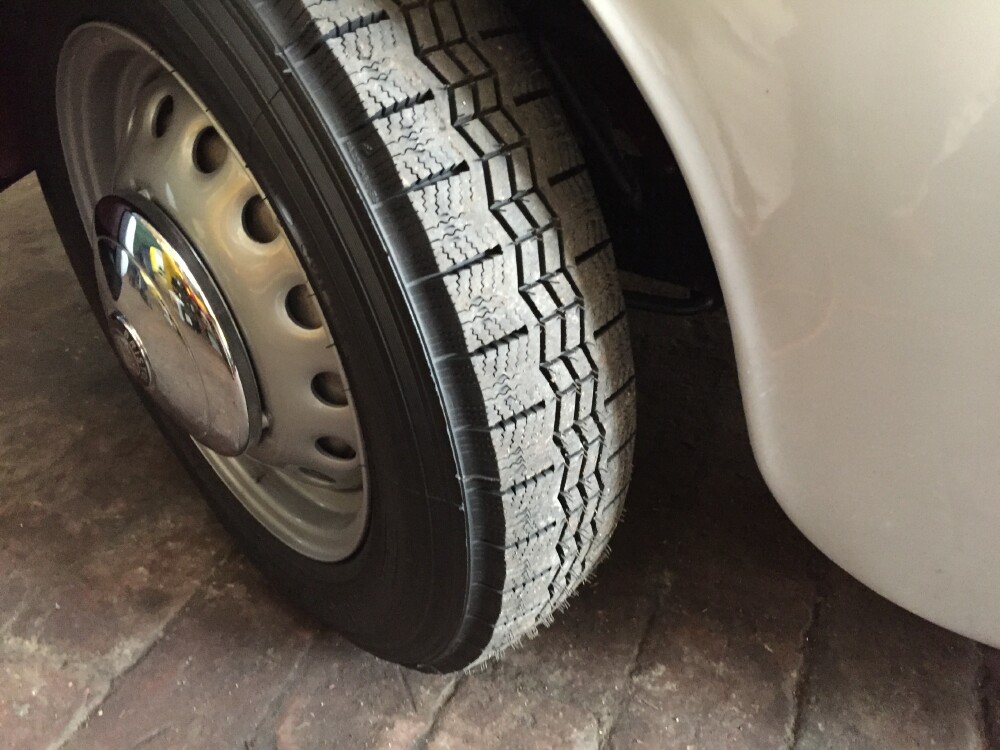
New tires fitted at last...I've taken this pic as the dusty road in front of Fratelli Gordini's shop made it easier to appreciate the pattern of the Michelin X
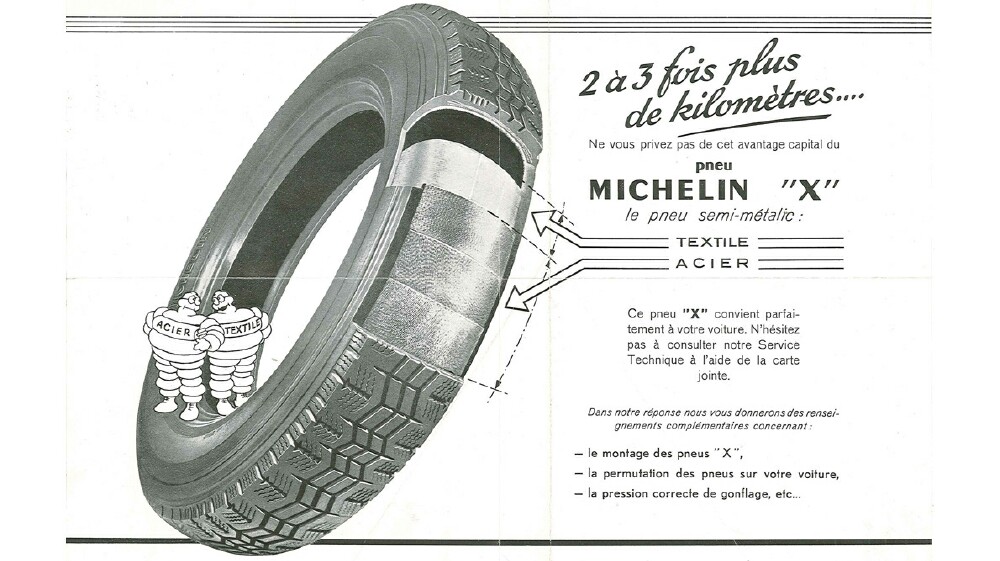
From Tyrepress:
Tyres & Accessories has just turned 70, and this is a milestone we share with something very important to us – the radial tyre. Invented by Michelin in 1946, the radial arguably represents the most important revolution in black, rubbery ring development since the introduction of the pneumatic tyre more than half a century earlier.
Many changes in tyre design occurred between the appearance of the first inflatable tyres in the late 19th century and the end of the Second World War – removable tyres were introduced in 1891 (a Michelin patent) and carbon black, used from 1915, changed the standard colour of tyres and made them more resistant. The inner tube became optional in 1930 with the first tubeless tyre and the metal frame first appeared in 1937. But none of these developments altered the fundamental diagonal structure used in tyres. These cross-ply or bias tyres all featured a frame made of steel or nylon threads that intersected at an angle of 30 to 40°.
In 1946, engineers at Michelin came up with an entirely new idea. They added an extra thread to the existing diagonal structure to make a 90° angle with the tyre’s median axis – the radial tyre was created. Michelin notes that no disadvantages accompanied the benefits the radial delivered: The tread contact path was more rigid, providing better grip and greater resistance, while the sidewall remained flexible but gained additional load-bearing capacity, a combination that improved driving comfort. Deformations were reduced, limiting energy loss and therefore fuel consumption. The radial was safer, more pleasant to drive on, more durable and economical.
Over the years, Michelin’s engineers have continued to improve the radial design and investigated its application on other vehicle types. Seven decades after its birth, radial technology is now used on all wheels, from tractors to motorcycles, HGV trucks to aeroplanes, and radials have even left their tracks on the Moon.
The radial tyre was the first major innovation from Michelin and was initially marketed as the “X” tyre in 1949. Lancia was the first car manufacturer to fit the X tyre as original equipment on the Aurelia model, and Bristol offered it as an option on the 403
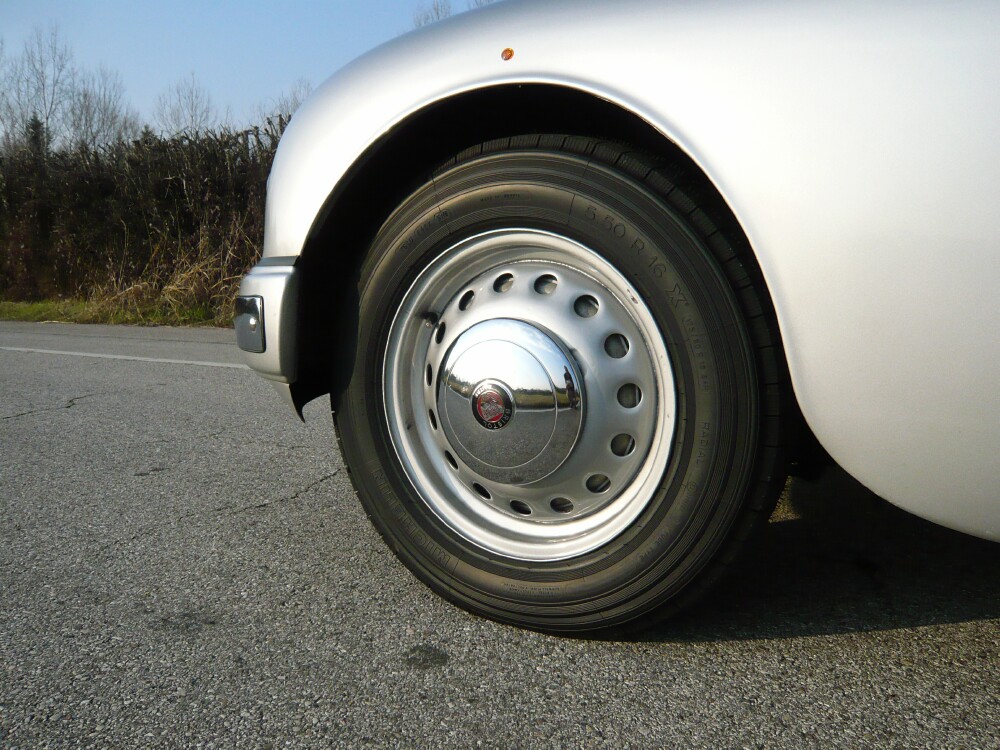
Having driven the 403 with the Xs today, I can only agree with the enthusiastic reviews of the radial vs. cross-ply tires. The 403 drives simply...better. It tracks straight, is much less wayward and feels more stable than with the Avon Turbospeeds. The money spent of a new set of Michelin radials is probably the best spent in the last months
